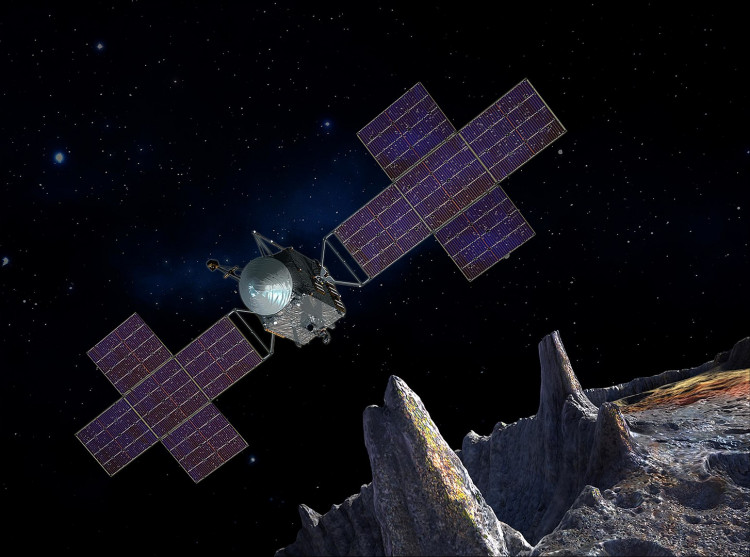This week, a number of asteroids are moving towards Earth. NASA has reported that not one, not two, but seven of these space rocks, none of which pose a threat, have passed or will pass through our world.
According to NASA, seven asteroids were reported making their approach to Earth. 2020 RV2, which went by on Tuesday, Oct. 6, is the first of these. The asteroid had a diameter of between 19 and 44 meters and flew at a rate of 4.16 kilometers per second. RV2 can only come as close as 0.03790 astronomical units or 3,523,025 miles away from Earth upon approach.
The next asteroid, measuring 21 to 47 meters in diameter, is identified as 2020 RR2. RR2 arrives hours after RV2 and will travel by on Oct. 6 as well at a speed of 4.08 kilometers per second.
Asteroid 2020 RK2 is passing by Earth on Oct. 7, Wednesday. The diameter of RK2 measures up to 83 meters. Compared to the two previous asteroids, RK2 moves quicker, hurtling into space at a rate of 6.68 kilometers per second. Asteroid 2019 SB6, hours after RK2, will make an approach to Earth. SB6 measures a diameter of between 12 and 26 meters.
On Thursday, Oct. 8, two more asteroids will pass our home planet, beginning with SR6 2020, which ranges between 20 and 44 meters in diameter. The SR6 flies at a speed of 5.26 kilometers per second across space. Hours after SR6, 2020, SX3 could be the nearest approach to Earth yet, possibly. The SX3 ranges 38 to 86 meters in diameter and flies 10.88 kilometers per second through space.
Finally, asteroid 2020 RO1, measuring between 22 and 50 meters in diameter, flying by on Friday, Oct. 9, with a speed of 3.21 kilometers per second.
These asteroids are all called Near-Earth Objects, which are comets and asteroids that have been nudged into orbits by the gravitational attraction of surrounding planets that cause them to reach the neighborhood of the Earth. None of these seven asteroids are expected to impact Earth, but they are still considered "potentially hazardous."
In addition to asteroids, astronomers and space explorers have recently been able to take a look at Mars at the nearest so far. At just 34 million miles distant, Mars was incredibly near to our world, making it easy to see in the sky. Mars will come this close to Earth the next time in 2035.






